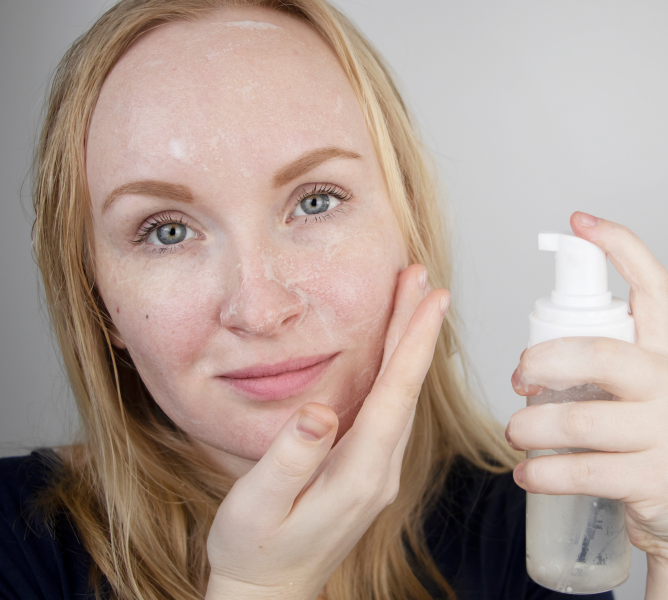Seborrhoea is the formal name given to oily skin. It is caused by an overactive sebaceous gland which produces excess sebum (oil). This oil naturally moves up the hair follicle to the skin’s surface. Because the oil is not water soluble, it gives the skin a shiny look and an oily feel.

During adolescence, the Androgen hormone is abundant, and because it controls the sebaceous gland, more oil is produced. However, oily skin can affect anyone at any age. The t-zone of the face will often be more oily than other areas as there are a greater number of sebaceous glands in this area.
Because water cannot remove oil from the skin, often the top layer of skin does not ‘shed’ as it would normally. This can lead to a build-up of dead skin cells. The skin can also take on a thickened appearance. Oily skin requires regular exfoliation with products that penetrate the pores and help clear any dead skin cells and excess oil.
Oily skin doesn’t automatically mean you will suffer from acne. Although those with oily skin will typically experience some spots, acne symptoms are far more severe and can often have different hormonal influences.
